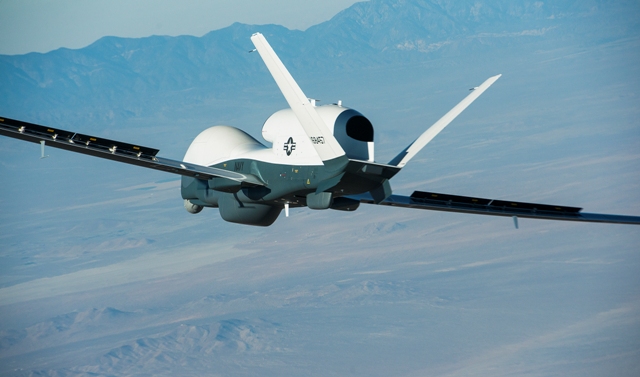An Australian parliamentary report has called for the use of unmanned air systems in civil applications to be further assessed in order to protect the population from “malicious drone use”.
The Eyes in the Sky report noted that the Australian unmanned air vehicle industry is “booming”. Although this has led to useful civil applications for UAVs, the paper says, there is now also increased emphasis on the safety and privacy implications of using such technology.
“Like any new technology, drones can be misused,” MP George Christensen, chair of the committee behind the report, says. “They can pose a safety risk to other aircraft or to people and property on the ground, and the cameras and sensors they carry can be used to invade Australians’ privacy.
“The challenge we face is to realise the potential of this innovative technology while protecting against its risks.”
Christensen says that the increased use of UAVs will require “sustained attention” in the coming years, while the committee calls for the recommendations in the paper to serve as a starting point to “adjust current privacy and air safety regimes” to adapt to UAV use.

Northrop Grumman
“Further, the recommendations are intended to bring a more co-ordinated and harmonised regulatory approach to protecting Australians from malicious drone use while still permitting this dynamic new industry to grow,” Christensen says.
The paper recommends that the government introduce legislation to provide protection against “privacy-invasive technologies” by July 2015, while a simplified “privacy regime” that includes rules on surveillance technology should be introduced.
It also calls for the government to co-ordinate with the Civil Aviation Safety Authority and the Australian privacy commissioner to review the adequacy of the privacy and air safety regimes in relation to remotely piloted aircraft, and issue its findings by June 2016.
Australia – with its abundance of unpopulated space – has been a common place to carry out testing of UAVs in the past, while the paper contrasts with the military attitude to the use of UAVs in the country.
The Australian Defence Force became the first export customer to commit to the acquisition of the US Navy’s Northrop Grumman MQ-4C, while the Royal Australian Air Force has recently extended the deployment of its Israel Aerospace Industries Heron 1 UAVs in Afghanistan until the end of the year.
The UK’s BAE Systems-led Taranis unmanned combat air system demonstrator is also understood to have been tested in Australia between late 2013 and early this year.
In May it was announced that Northrop Grumman would team with the Royal Melbourne Institute of Technology to explore the integration of large UAVs into national airspace, focusing on systems the size of small commercial jets.
Source: FlightGlobal.com


























